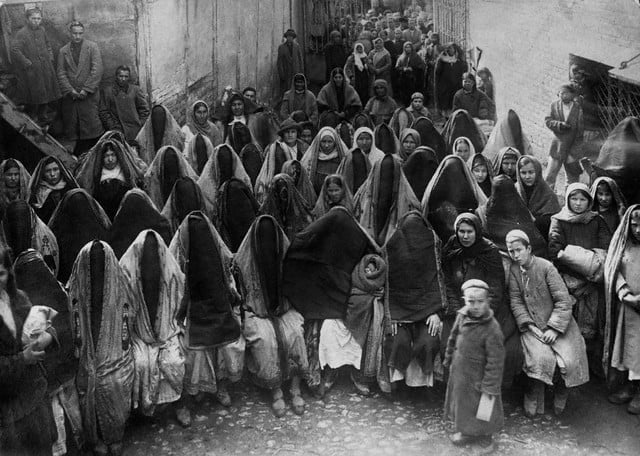(...) A new family of nonhormonal drugs that work directly on the body’s internal thermostat is offering hope for women who can't or don't want to use hormone replacement therapy (HRT).
Last month, the United States Food and Drug Administration approved a medication called fezolinetant for the alleviation of vasomotor symptoms, the medical term for hot flushes or flashes. The pill, sold under the brand name Veozah, is the first neurokinin-3 (NK3) receptor agonist approved by the U.S. regulator to reduce vasomotor symptoms caused by menopause.
Unlike HRT, which replaces the estrogen and progesterone women lose as their fertility wanes, NK3 receptor agonists block neural activity in an area of the brain that helps regulate body temperature. That internal control centre tends to malfunction when the brain is deprived of estrogen.
For menopausal women who can’t or won’t take HRT – many still fear the treatment because of an influential 2002 study that exaggerated the risks to women under 60 – the options for relief have been limited. The same is true for the minority of women for whom HRT doesn’t work.
Fezolinetant “could be a real game-changer,” said Wendy Wolfman, director of the menopause and premature ovarian insufficiency clinics at Mount Sinai Hospital in Toronto. She is eager to have something new to offer cancer survivors who’ve been suffering through hot flashes and night sweats for as long as a decade. “Their life is hell,” Dr. Wolfman said.
It’s not clear when fezolinetant will be available in Canada. The drug’s Japanese maker, Astellas Pharma, has applied for approval in the European Union, Switzerland, Australia, Brazil and Israel, but has yet to submit an application to Health Canada. (The company said in an e-mail that it doesn’t have any details about a Canadian application to share at this time.)
It is also not clear how the new drug stacks up against HRT when it comes to alleviating hot flashes. Fezolinetant hasn’t been tested in a head-to-head trial against hormone therapy, said Stephanie Faubion, director of the Mayo Clinic Center for Women’s Health and medical director of the North American Menopause Society.
“It appears that it’s probably not going to be as effective as hormone therapy based on the phase three trials,” Dr. Faubion said. “But it is effective.”

